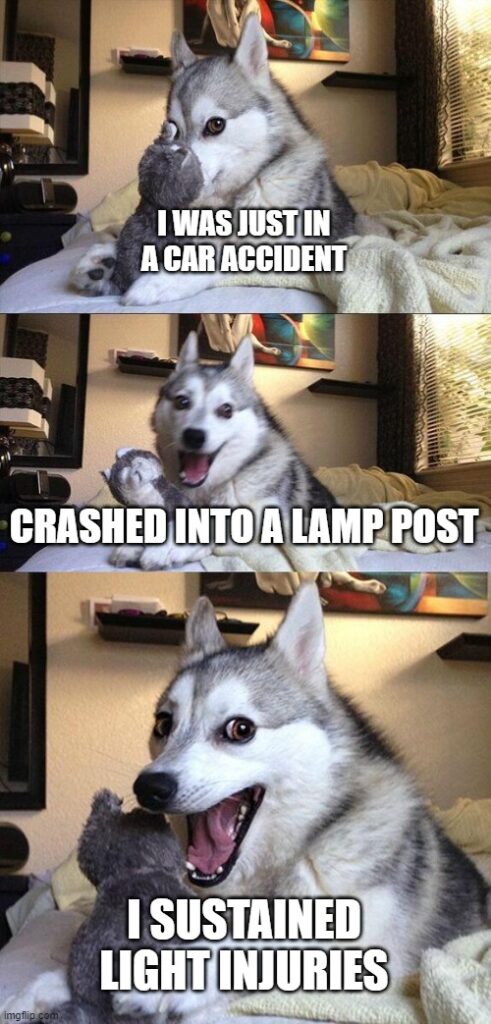Different Shift/Duties but Same Commute Route = “Special Mission”
Happy Monday, dear readers!
Those of you not in the bay area might not know about our Thunderstorms, but they sure are a thundering ever since last night.
Thunder and lightning are, over all, rare in these parts, unlike the going and coming rule, which pops up with some regularity in the workers’ comp world. Monday morning, in particular, is a very dangerous time to be confronted with the going and coming rule, as workers injured over the weekend seeking to pin the bills and the lost time on an employer tend to get “hurt” in the company parking lot on Monday morning.
But, aside from that fine line where the worker goes from “commute” to “working”, we also have the “special mission” doctrine, which tends to put the whole work shift in the crosshairs of the workers comp world.
Such was the case in the matter of Estel v. LA County Metropolitan Transportation Authority, a case that was recently denied review by the Court of Appeal. (I guess the defense arguments weren’t very… wait for it… appealing! See what I did there?)
So, what happened in Estel? Applicant had some pretty serious injuries that were sustained following a motorcycle accident traveling from a week-long training session at his employer’s request. Applicant was used to the night shift, but the training was held during the day. Although the hours were different and the duties were going to be different once he got there, the route and commute were to be the same.
So, the WCJ found that the claim was barred by the going and coming rule: applicant was on his way to perform his duties, but the route and commute were the same, so a shift in time and a shift in duties (once he got to his work station) were not sufficient to qualify for the going and coming rule exception. But the WCAB reversed, finding that applicant’s changed shift coupled with his changed duties (again, once he got to work) were sufficient to qualify for the exception. The Court of Appeal did not think the Estes case was “special” enough and denied review.
Ok, so if you followed the link on the “special mission” doctrine above, you’ll note the prior blog posts where the special mission exception to the going and coming rule was discussed.
The case and blog post that springs to mind is that of Lantz v. WCAB, which a 2014 Court of Appeal decision. Therein, the COA ruled that not only is an extra shift (in other words, unusual work hours) not sufficient to qualify for the “special mission” exception to the going and coming rule. Furthermore, the Court of Appeal specifically rejected the theory that “liberal construction” of the law is to be applied in cases where AOE/COE has already been found and not before.
Here’s where I’m having trouble following the logic in the Estel decision, though. Applicant had not yet begun his new duties the day of his injury. He was on his way to the training that, presumably, had not started yet.
Now, it makes perfect sense to raise the element of different job duties when the injured worker is returning from work – the fact that the job duties were different would understandably be more taxing on a worker than his or her routine work and would, understandably, make the commute home more dangerous.
However, why would the same effect apply when he had not yet begun these new job duties that day? The route is the same, and the different shift, as per the Court of Appeals in Lantz, does not qualify for an exception to the going and coming rule. The fact that applicant was going to do things that day that he doesn’t usually do, would then be the key element to determining that the injury was compensable.
Since the “special mission” test is a balancing act, it seems that the weight should have been in favor of the defense in this case, at least to your humble blogger. But, then again, to your humble blogger, the weight should always be in favor of the defense.
